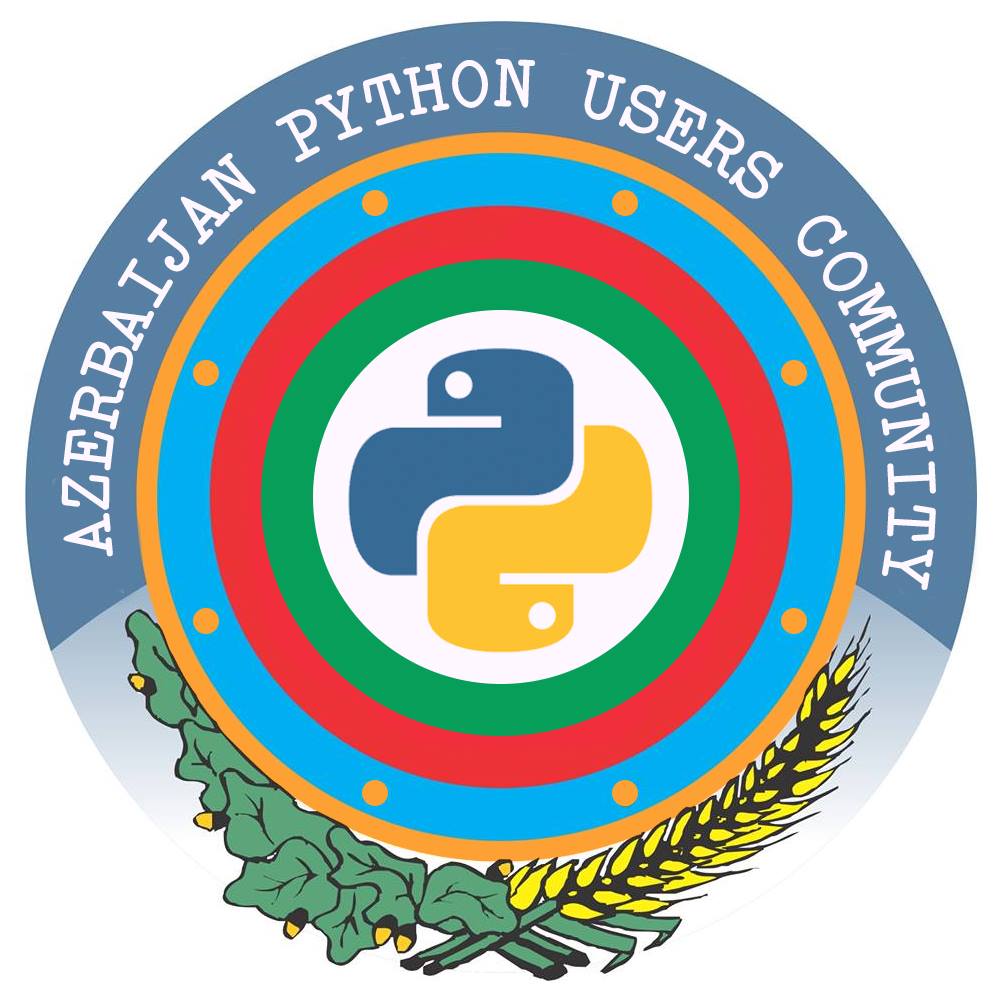# Configure Gino as ORM
Now it is time to configure ORM for our project. I assume you have PosgtreSQL already installed. If yes then it will be easy to prepare user, database for our project. Connect to Postgres and run followings:
postgres=# create user ecommerce with encrypted password '12345';
CREATE ROLE
postgres=# create database ecommerce;
CREATE DATABASE
postgres=# grant all privileges on database ecommerce to ecommerce;
GRANT
I am not going to bother with weak Database password, but you should of course.
The next thing we need to update our .env file. The final result should be:
PROJECT_NAME=backend
BACKEND_CORS_ORIGINS=["http://localhost:8000", "https://localhost:8000", "http://localhost", "https://localhost"]
POSTGRES_USER=ecommerce
POSTGRES_PASSWORD=12345
POSTGRES_SERVER=localhost
POSTGRES_DB=ecommerce
Do you remember the file with name database.py which was created by our manage-fastapi (opens new window) tool?
It is in fact was based on SQLAlchemy, now remove all the lines there and add only these lines below:
from gino.ext.starlette import Gino
from .core.config import settings
db = Gino(
dsn=settings.DATABASE_URI
)
The last thing we need to have is to initialize our DB connection at the very start.
Add db.init_app(_app) inside get_application() function in main.py.
The final version of this file will be:
from fastapi import FastAPI
from fastapi.middleware.cors import CORSMiddleware
from .core.config import settings
from .database import db
def get_application():
_app = FastAPI(title=settings.PROJECT_NAME)
_app.add_middleware(
CORSMiddleware,
allow_origins=[str(origin) for origin in settings.BACKEND_CORS_ORIGINS],
allow_credentials=True,
allow_methods=["*"],
allow_headers=["*"],
)
db.init_app(_app)
return _app
app = get_application()
Finally to test our connection run the server:
❯ fastapi run
INFO: Uvicorn running on http://127.0.0.1:8000 (Press CTRL+C to quit)
INFO: Started reloader process [17655] using statreload
INFO: Started server process [17657]
INFO: Waiting for application startup.
INFO: Application startup complete.
As we have no error, it is clear we are in a good shape 😃 The next thing is to create the migraitons and the User model of course.
The code changes for this episode -> episode-2 (opens new window)
